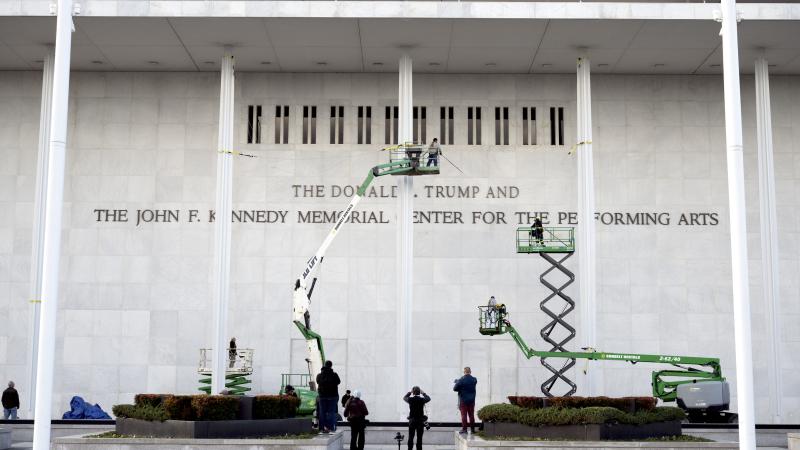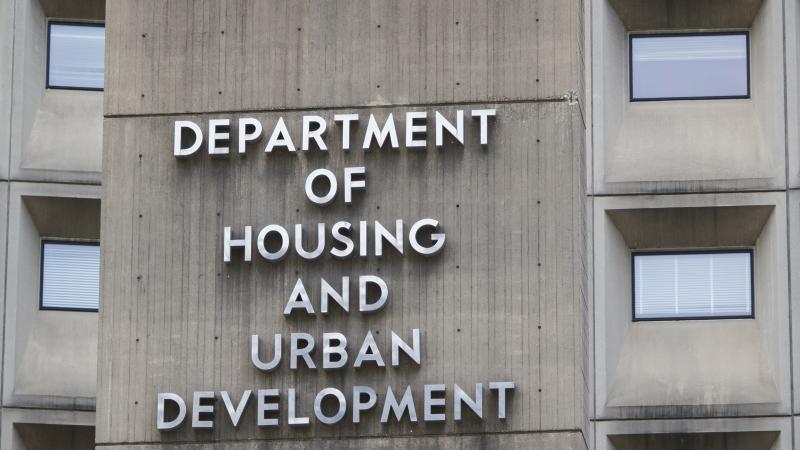Watchdog says better IRS customer service could reduce $496 billion annual tax gap
The tax gap is the difference between what taxpayers owe and what they voluntarily pay on time.
A government watchdog report recommends better customer service and simplifying the United States' tax code to reduce the annual tax gap, or the difference between what taxpayers owe and what they voluntarily pay on time.
That difference is known as the tax gap, which the Internal Revenue Service estimated to be $496 billion per year for tax years 2014-2016. That's about $58 billion above the agency's prior estimate. The IRS found underreporting of tax liabilities is responsible for up to 80% of the gross tax gap with individual underreporting alone accounting for more than 56% of the gross tax gap. The individual underreporting category includes estimates related to income from sole proprietorships, partnerships, S Corporations, estates and trusts, among others. Sole proprietors represent the largest share of the individual underreporting tax gap, according to the IRS.
The U.S. Government Accountability Office found a number of issues contribute to the gap, including limited third-party information reporting, declining audit rates, customer service issues, tax code complexity and abusive tax shelters, such as offshore insurance products.
IRS audit rates have fallen for years. And the rates have dropped for all income levels, with rates decreasing the most for those with incomes above $200,000, according to a U.S. Government Accountability Office report. Audit rates of individual income tax returns decreased for all income levels from tax years 2010 to 2019. The audit rate for these returns decreased from 0.9% to 0.25% or 1 in 400, according to the report. The IRS said the declines were the result of reducing funding and staffing.
In fiscal year 2012, the IRS had operating costs of $14.4 billion and the equivalent of 90,280 full-time employees. By 2021, operating costs were $13.7 billion and full-time equivalent employees totaled 78,661, according to agency records.
The Government Accountability Office report noted that better customer service, more reporting and a simpler tax code could reduce the tax gap. It said the IRS should re-establish goals to reduce the tax gap and document a plan for using data to update compliance strategies; research, evaluate and develop recommendations to expand third-party information reporting; implement a cost-effective method to digitize taxpayer-provided paper return information, making it more available for the agency's tax enforcement programs; and amend the "Dirty Dozen" list to tell taxpayers how to refer information to IRS on preparers and promoters involved in abusive tax schemes, according to the report.
"Good customer service can help make it easier for taxpayers to comply with their tax responsibilities," according to the report. "However, taxpayers often have trouble reaching IRS by phone and can wait for months for mail to be answered. Taxpayers with limited-English proficiency face challenges getting tax information in their languages. Taxpayers could benefit from additional options to file returns for free."
It further noted: "IRS does not have clear performance goals for improvements in the taxpayer experience."
It's not yet clear how funding to hire tens of thousands of IRS employees over a decade as part of the Inflation Reduction Act could affect the tax gap.
"During the next 10 years, these funds will help us in many areas, including adding critical resources to not just close the tax gap but meaningfully improve taxpayer service and technology," IRS Commissioner Chuck Rettig said in a statement when the measure passed. "... Given the scope of the bill, keep in mind these changes will not be immediate. It's a 10-year plan, and it will take time to put these provisions into place. More details will be available in coming months."















